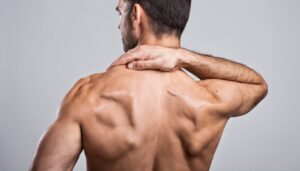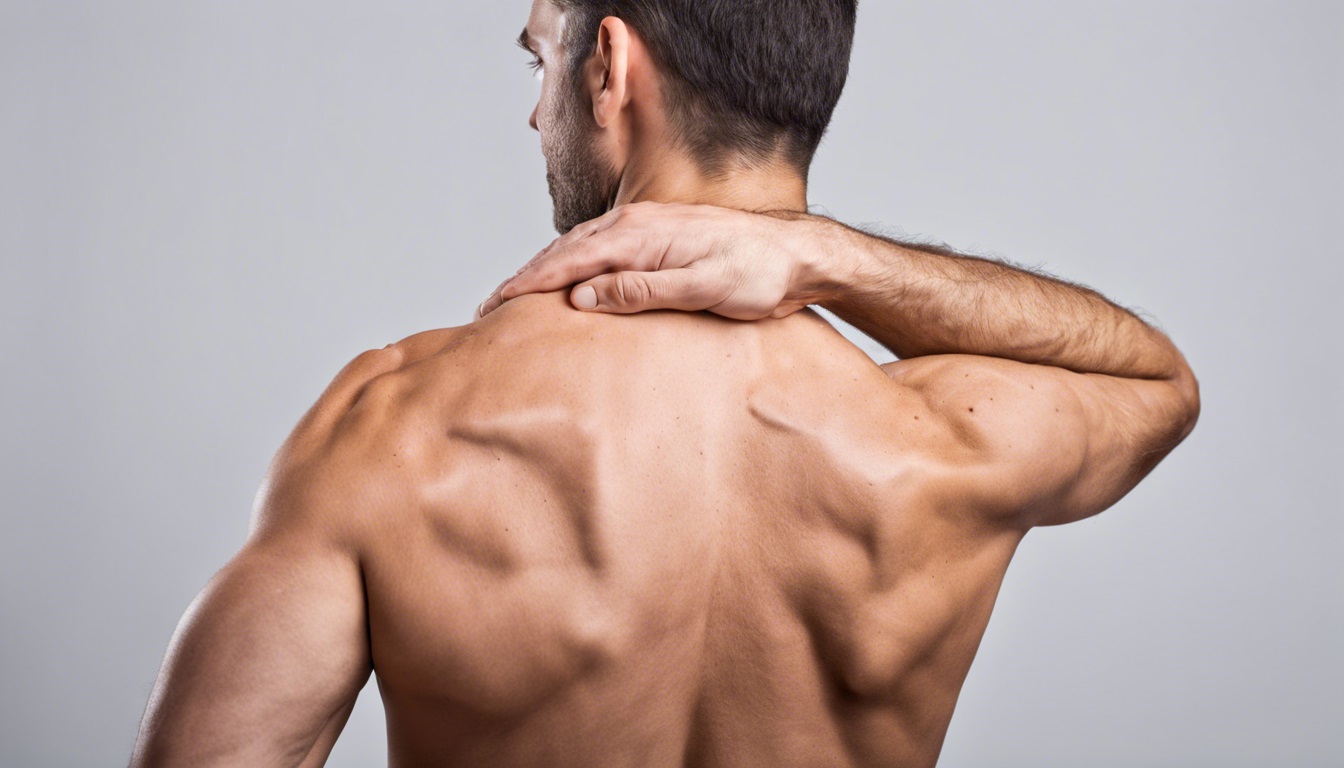Redefining Stretching
Stretching is commonly perceived as a way to decrease stiffness and improve flexibility by targeting specific muscle groups. However, a new perspective on stretching suggests that it can offer more than just temporary relief. By focusing on full-body range of motion of the joints, stretching can unleash power, enhance strength, reduce injuries, slow aging, increase energy, and potentially lead to a pain-free body.
Traditional static stretching, which involves holding a stretch for a prolonged period, has been a widely used method despite evidence suggesting its inefficacy. Studies have shown that holding a stretch for too long may temporarily decrease strength and speed, leading to impaired performance. Yet, many personal trainers still prescribe static stretching to their clients, reflecting a lack of awareness regarding more effective stretching techniques.
Yoga and Pilates, often associated with flexibility and strength, have their limitations when it comes to providing a comprehensive full-body workout. While these practices offer unique benefits, they may not address the full range of motion of all joints. Adding programs like Essentrics to a yoga or Pilates routine can help maintain body balance and mobility, reducing the risk of injuries associated with these practices.
The Essentrics program emphasizes rebalancing the joints as a key to achieving permanent flexibility. By improving the range of motion of joints, the flexibility of associated muscles is automatically increased. A healthy joint capable of effortless movement through its full range of motion leads to overall flexibility in the muscles and connective tissues connected to it. This holistic approach to stretching promotes harmony among muscles, connective tissue, and bones, contributing to a well-rounded fitness regimen.
Enhancing Mobility Through Full-Body Range-of-Motion Exercises
Many individuals struggle to maintain flexibility and mobility, often turning to traditional stretching programs that may not yield lasting results. The key to addressing stiffness and improving flexibility lies in restoring joints through range-of-motion exercises that rebalance muscles and connective tissues. Contrary to common belief, muscle flexibility is a result of healthy joint mobility, emphasizing the significance of a holistic approach to stretching.
Traditional flexibility programs tend to focus on isolated muscle stretching, overlooking the interconnectedness of muscle groups within the body. For instance, attempting to increase hamstring flexibility through targeted stretching will be ineffective if other muscles related to the hip joint remain tight. To achieve sustained flexibility, it is essential to simultaneously address the entire chain of interconnected muscles involved in joint movement.
One of the essential aspects of maintaining a flexible and mobile body is to perform exercises that engage the full range of motion of all joints, from toes to shoulders. This comprehensive approach offers transformative benefits such as releasing contracted muscles, improving posture, stimulating healing, and enhancing energy and circulation. By understanding the body as a cohesive unit and returning all parts to their natural range of motion, individuals can experience significant improvements in overall mobility and well-being.
The Essentrics program exemplifies how a holistic workout routine can efficiently enhance flexibility and mobility by engaging both muscles and connective tissues. By incorporating rotational movements and focusing on range of motion, Essentrics acts as a connective tissue workout in addition to targeting muscle and joint health. Connective tissue, composed of collagen, plays a vital role in supporting and binding various body tissues and organs, making it essential for overall strength, mobility, and movement.
Recent research led by Dr. Helene M. Langevin has shed light on the importance of healthy connective tissue in improving mobility, reducing inflammation, and promoting injury healing. The dynamic adjustments within the connective tissue network during movement allow the body to withstand various forces and tensions, highlighting the crucial role of connective tissue in maintaining overall physical well-being.
In essence, adopting a more integrated and comprehensive approach to stretching and mobility exercises can lead to long-lasting benefits and improved overall quality of life. By prioritizing full-body range-of-motion exercises that address joint mobility and connective tissue health, individuals can unlock their body’s full potential for flexibility, strength, and resilience.
Nurturing Connective Tissues for Optimal Joint Mobility
Our body’s connective tissues play a crucial role in supporting and absorbing the weight and tension as we move through various activities. Comprising fluids known as lymph and intricate mesh-like fibers, this weblike structure envelops our joints, enabling us to shift, twist, and bend with ease. However, when we fail to utilize our full range of motion, these tissues can become dehydrated and stiff, leading to muscle constriction and joint stiffness.
Contrary to common perception, stiffness in joints is more of a connective tissue issue rather than a muscle problem, necessitating a targeted connective tissue solution. Replenishing hydration in dehydrated connective tissues requires gentle, deliberate movements that allow for the gradual absorption of lymph fluids into the layers of fascia surrounding our muscles.

The deliberate pacing of Essentrics sequences plays a vital role in facilitating this hydration process by enabling the smooth movement of fascia over muscles, enhancing flexibility and mobility. It is essential to understand that effective stretching practices should encompass a holistic approach that considers the balance of all muscles surrounding a joint. Muscle flexibility is a direct outcome of maximizing range of motion, highlighting the interconnectedness between joint mobility, muscle strength, and overall flexibility.
The adage “the whole is greater than the sum of its parts” resonates profoundly when it comes to our body’s functionality. Viewing the body as an integrated system rather than a collection of individual components is essential in promoting optimal joint health and mobility. Just like in Aristotle’s Metaphysics, where the emphasis is placed on the interconnectedness of elements to form a cohesive whole, addressing joint mobility requires a comprehensive approach that encompasses all aspects of connective tissues and muscle function.
While disciplines like ballet demonstrate the remarkable benefits of rigorous range-of-motion movements, it is essential to strike a balance to prevent overexertion and promote sustainable joint health. By advocating for a harmonious relationship between joint mobility, connective tissue hydration, and muscle flexibility, individuals can achieve a balanced and resilient body capable of performing daily activities with ease.
In conclusion, nurturing our connective tissues through deliberate movements and holistic practices is key to unlocking the full range of motion and promoting joint health. Embracing the interconnected nature of our body’s systems and treating it as a unified entity can pave the way for enhanced flexibility, strength, and overall well-being.
As seen in the perspective of joint health and mobility, prioritizing the well-being of connective tissues holds the key to achieving optimal physical functionality. Through a thorough understanding of the intricate balance between muscle flexibility, joint mobility, and connective tissue hydration, individuals can work towards a harmonious and resilient body that supports their daily activities with ease.
